The evolution of the infantryman's unloading systems
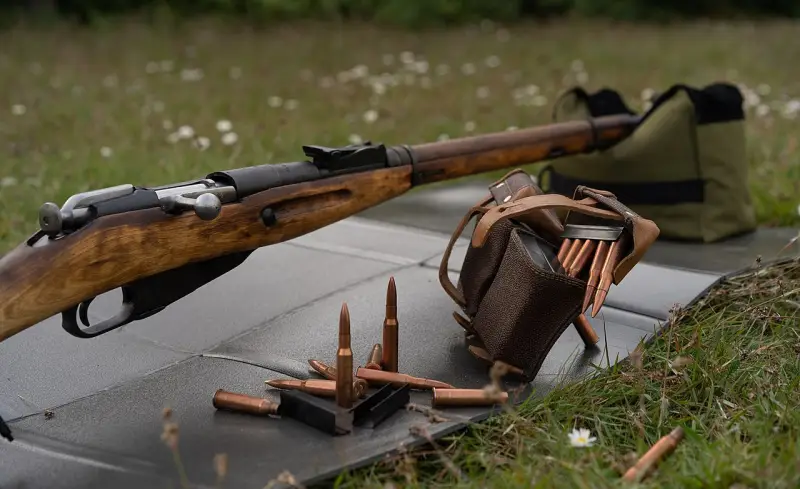
Mosin rifle and cartridge bag with two sockets. Photo: Wikimedia Commons
Rifle soldiers or representatives of other specialties need special equipment to conveniently carry ammunition and other items. In modern armies, so-called weapons are used for this. tactical unloading vests with a large number of pouches and pockets for various purposes. The optimal appearance of such a piece of equipment was formed throughout the last century, and current samples are completely superior to their predecessors in their properties.
Belts and straps
At the end of the 19th century. Repeating rifles became widespread. This weapon increased the firepower of the infantry, but increased the consumption of ammunition. There were also additional requirements for equipment to carry ammunition. Soldiers needed means to carry a sufficient amount of ammunition.
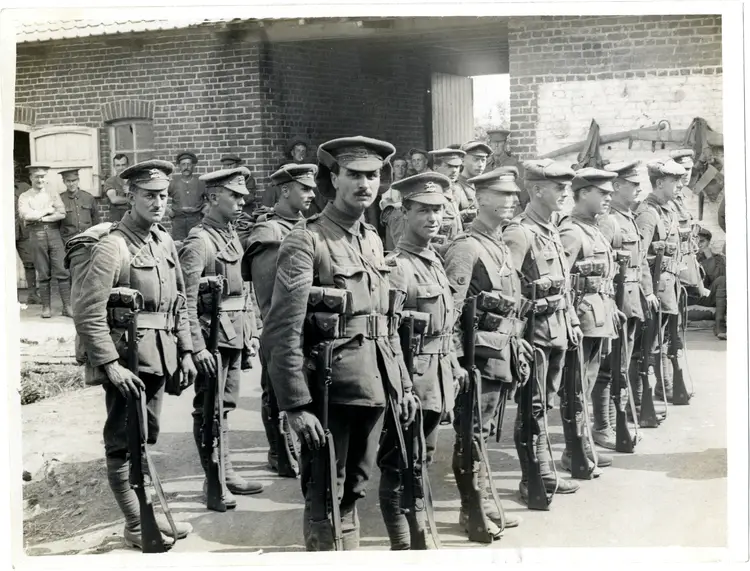
British soldiers with Type 1908 Pattern RPS, France, 1915. Photo: Imperial War Museum
The answer to this was the so-called. belt-shoulder systems (RPS), which combined simplicity and efficiency of solution as their main task. A typical RPS was a waist belt supplemented with shoulder straps. Cartridge bags for ammunition in bulk or in clips were attached to the front belt. The size and capacity of the pouches were determined by the type of cartridge and the method of loading the infantryman’s standard weapon.
Ammunition carrying equipment has been constantly evolving. Different materials for the belt and straps were introduced, and the number and configuration of pouches changed. As small arms developed, systems appeared with pouches not for clips, but for magazines. Separate grenade slots also appeared. In some cases, pouches were attached not only to the belt, but also to the straps.
It is curious that already in 1908 the British army brought these ideas to their logical conclusion. The 1908 Pattern Web Infantry Equipment system provided for equipping the standard RPS not only with cartridge pouches, but also with a satchel bag, additional belt bags, etc. The amount of ammunition and property carried increased sharply. Subsequently, such ideas were implemented in other countries.

British RPS arr. 1937 Photo Imperial War Museum
Further development
Belt-shoulder systems of a traditional appearance were used during both world wars and were constantly improved. The development of this concept continued during the Cold War. Now pouches for grenades and magazines were hung on the belt. However, over time, RPS gave way to newer and more advanced unloading systems.
The new stage of improving the RPS used the same methods as before. First of all, new materials were introduced. If early products were made of leather, then in the middle and second half of the 20th century. switched to canvas and nylon. Ergonomics have been improved. The configuration of the straps changed, and expanded shoulder straps appeared for greater wearing comfort. Pouches acquired the size of machine gun or rifle magazines, and also began to be rigidly attached to the belt.
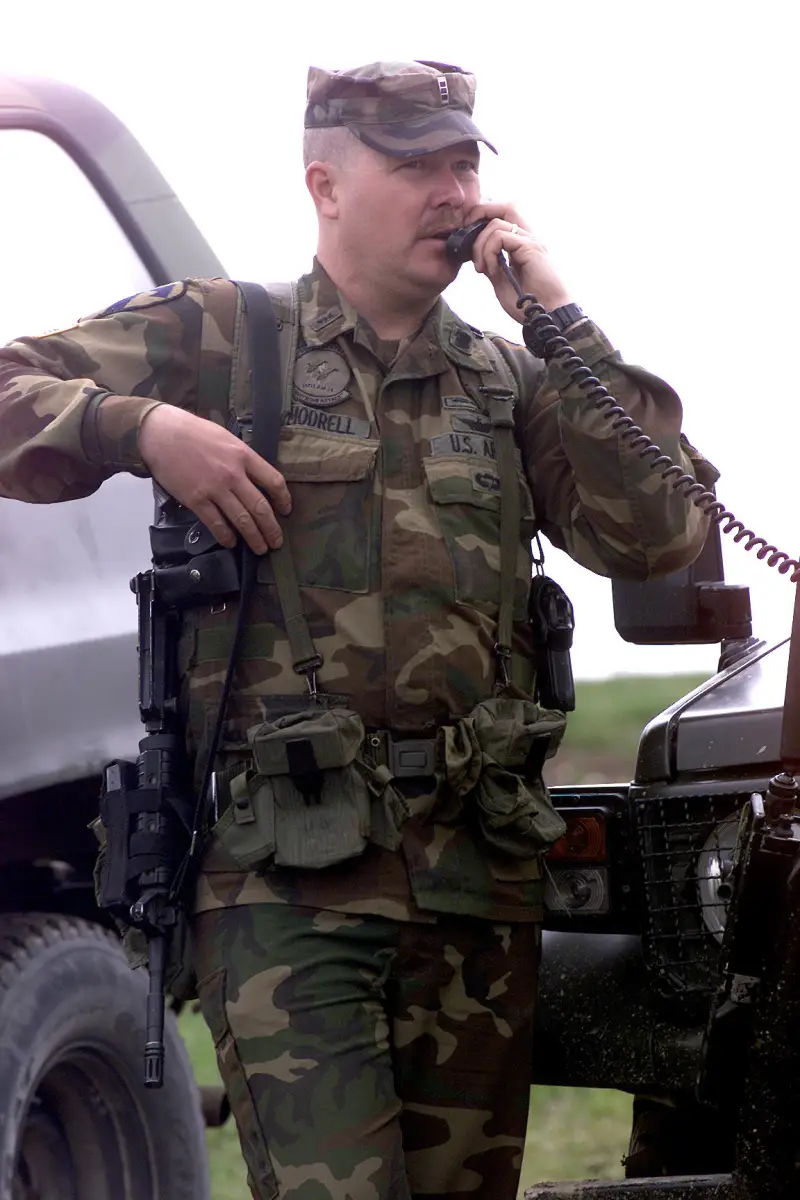
American fighter with ALICE unloading system mod. 1973 Photo of the US Department of Defense
Their versions of the so-called. unloading breastplates (some products were also called vests) appeared in all leading armies. Chinese “Type 58” bibs, created in the late fifties, became widespread in different countries. Based on the experience of combat operations in Afghanistan, the Soviet army also developed its own versions of such equipment - both the factory product “Belt-A” and various handicrafts. Several examples of similar belt-based ammunition were used by the United States and its allies during the Cold War.
From belts to vest
A belt-based unloading system has several important advantages. First of all, this is the ease of adjustment to the figure of a particular fighter. At the same time, there are restrictions on the placement of pouches. Essentially, only the front and sides of the lap belt are accessible, as well as the front of the shoulder straps.
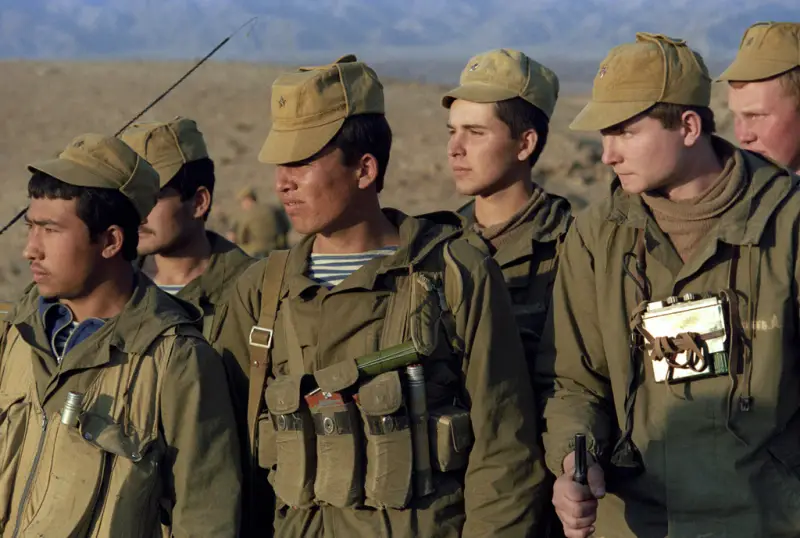
Soviet special forces in Afghanistan, 1988. The fighter in the middle uses the Belt-A breastplate. Photo by RIA News / Wikimedia Commons
Solutions like 1908 Pattern Web Infantry Equipment or the use of a new “platform” in the form of a vest made it possible to get rid of such restrictions. A solid fabric vest has a large usable area, is also comfortable to wear and easy to make.
It is believed that the first unloading vests were created in the early thirties in Italy and were intended for paratroopers. Such vests were worn over the head and had fasteners on the sides. On the chest and back there were horizontal pouches-pockets for box magazines of standard submachine guns. Such pockets reminded some of the armor of Japanese warriors, and the nickname “samurai” was assigned to the vests.
During World War II, similar means were introduced to a limited extent in units of Great Britain and the United States. For example, British special forces received Battle Jerkin products. The “combat hunting jacket” was made of leather and had pouch pockets over most of its area. The vest and standard backpack allowed the fighter to carry ammunition for long battles.
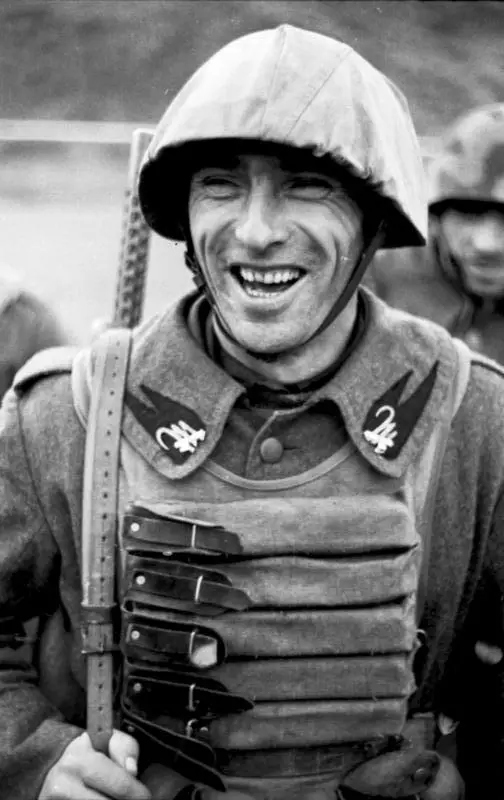
Italian soldier in a Samurai vest, 1943. Photo by Wikimedia Commons
However, vests of this kind did not become widespread during the Second World War and in the post-war period. Improved RPS, to which the name “vest” passed, were more popular. However, full-fledged solid vests did not disappear and later returned to practice.
Modular approach
In the nineties, the MOLLE equipment fastening system was developed and implemented in the USA. It provided for equipping items of equipment with horizontal slings and straps for suspension. This system made it possible to make the ammunition completely modular and configure it in any convenient way. The emergence of MOLLE radically influenced the development of unloading systems.
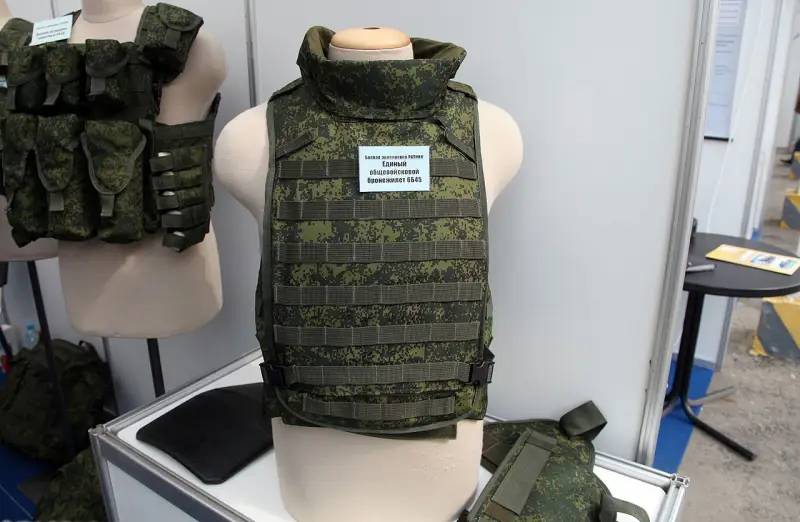
Uniform military body armor 6B45 from the Russian “Ratnik” equipment. All free planes are equipped with a MOLLE system sling. Photo Vitalykuzmin.net
First in the USA, and then in other countries, new modular combined systems were created and widely implemented, combining protective and carrying equipment. The basis of such a system is a solid vest with internal pockets for armor elements and slings on the outside. Pouches for magazines, grenades, etc. are attached to the chest part of the vest. Other equipment can be placed on the sides or on the back using a standard mount.
The modular principle provides obvious advantages. It allows you to create an independent unloading system or integrate pouches with body armor. There is a wide selection of pouches and other devices with standardized fastenings, allowing you to carry not only magazines and grenades, but also other equipment and equipment. With all this, the fighter gets the opportunity to place the pouches on the vest in the desired way and get maximum ease of use.
Unloading vests of modular architecture quickly showed their potential. In addition, during local wars of recent decades, such equipment received good advertising. As a result, almost all developed armies have now, to one degree or another, introduced American-style modular ammunition, and are also developing this direction.
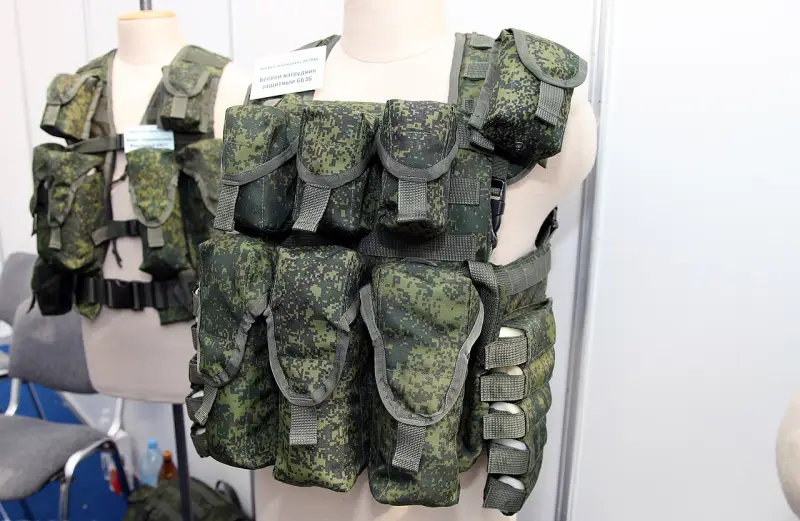
Combat protective breastplate 6B46 for "Ratnik", equipped with pouches. Photo Vitalykuzmin.net
Growing needs
Over the past century, the infantryman's equipment has constantly changed in the direction of increasing the number of items carried and increasing their total mass. In this regard, the issues of carrying ammunition and the ergonomics of this process acquired particular importance. The answer to them was the emergence of belt-shoulder systems, vests and modular complexes of various kinds.
To date, military and engineering thought has reached unified and universal systems for carrying equipment and ammunition, which can be adapted to almost any task and requirement. Modern unloading vests, incl. with a ballistic protection function, they solve a wide range of tasks and firmly take their place in a fighter’s equipment. And we can expect that modular systems will remain in operation for a long time - with certain innovations, but without fundamental changes. At least until completely new requirements for such equipment arise.
Information